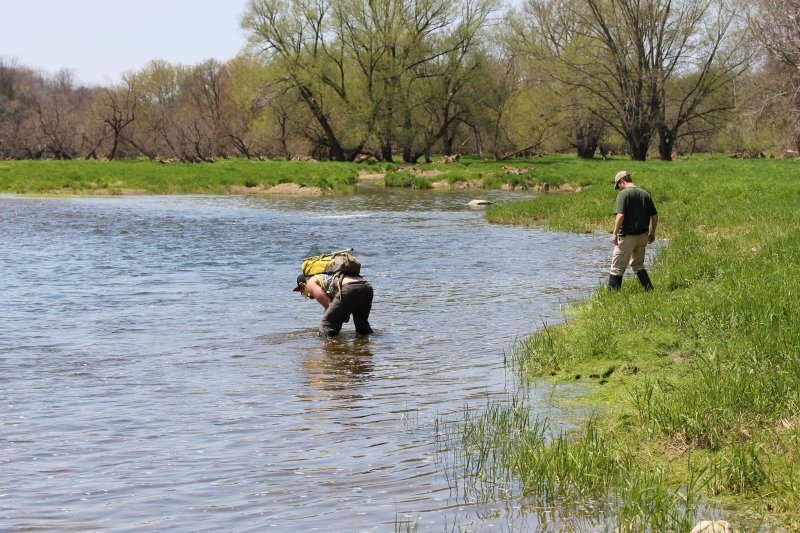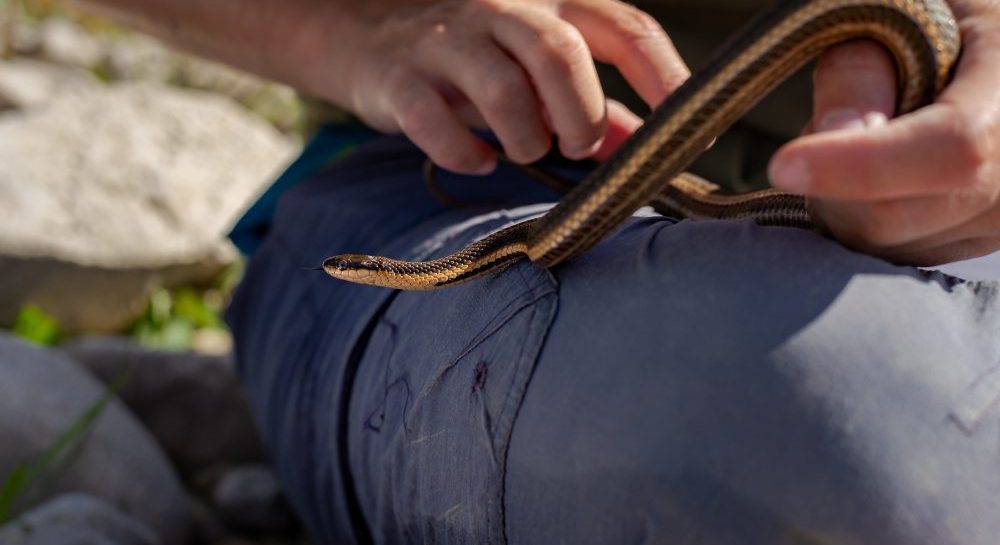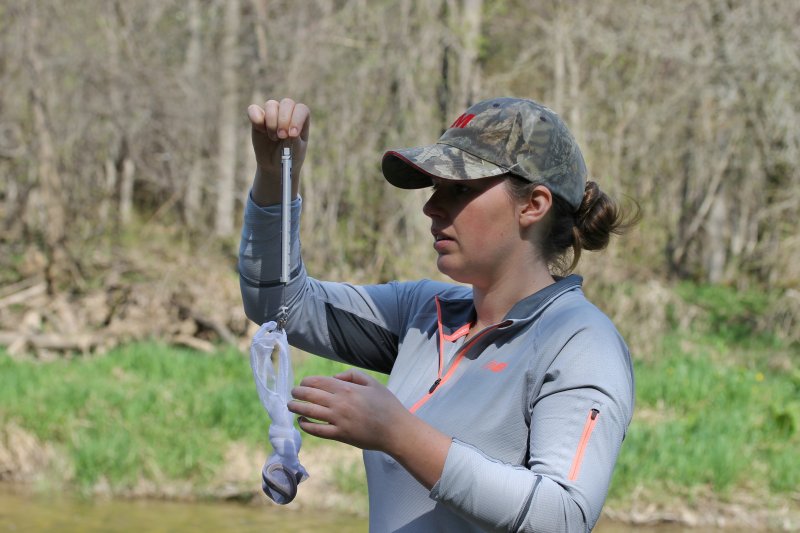Queensnake Monitoring
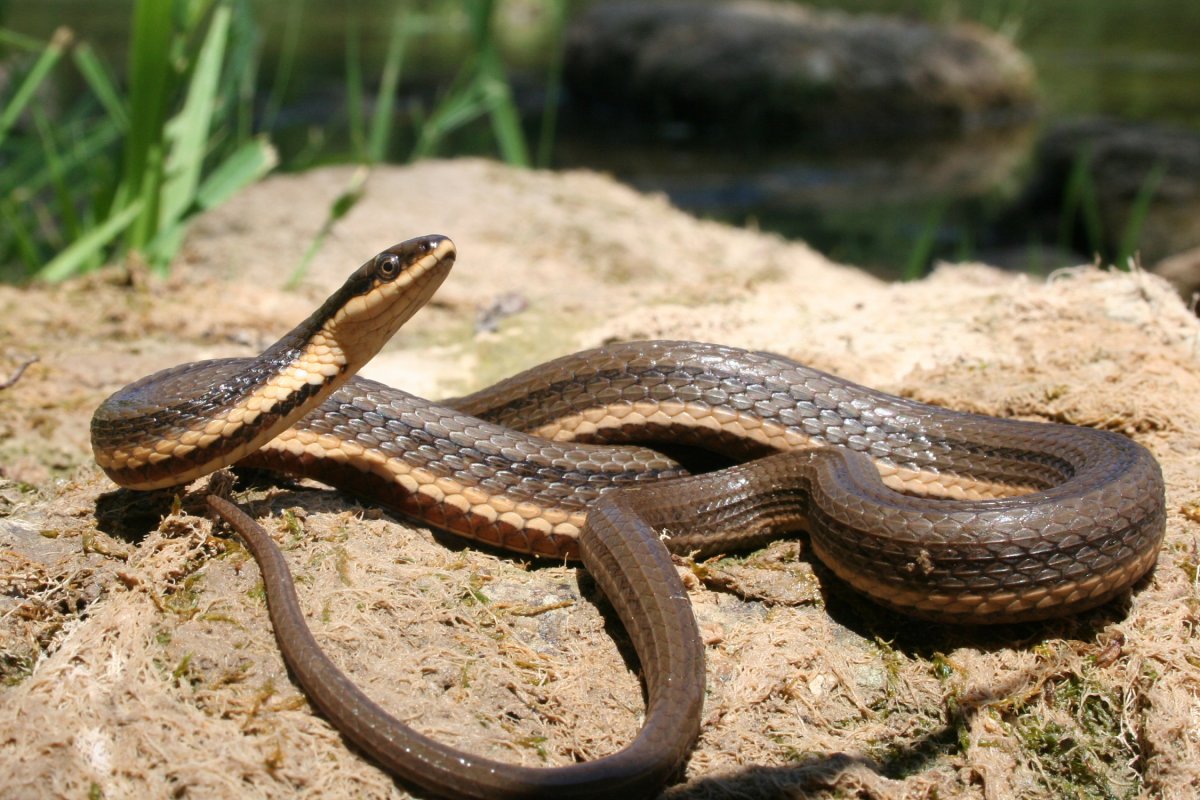
Queensnake Recovery
A Queensnake recovery project was initiated in Huron County in 2011 through a partnership between the Huron Stewardship Council (HSC) and the Nature Conservancy of Canada (NCC). The major goal is to conduct recovery actions deemed necessary by the Government of Ontario for the protection and recovery of the Queensnake in the province. Maintaining and restoring species diversity and natural habitats within Huron County is a focus for the HSC, and we will continue collaborating with the NCC to monitor and steward queensnake populations within the Lower Maitland River watershed.
The Queensnake (Regina septemvittata) is a non-venomous, semi-aquatic snake. There are four distinct brown lines running down its pale yellow belly and has an olive to brown dorsal colour with three narrow black stripes running down the middle and along each side. Queensnakes spend the majority of the active season within 3 m of the shoreline due to their dependence on crayfish for survival, their primary food source.
The Queensnake has been classified as endangered in Canada by the Committee on the Status of Endangered Wildlife in Canada (COSEWIC) and is currently designated as endangered in Ontario by the Committee on the Status of Species at Risk in Ontario (COSSARO). The biggest threats to Queensnakes in Ontario are habitat loss, fragmentation, human influence and degradation. In the highly developed and cultivated landscape of southwestern Ontario, natural riparian habitat is often reduced to thin fragments along river banks. Runoff from agriculture and urban storm sewer outfalls degrades riparian habitat through sedimentation, erosion, contamination and greater change in river levels. Queensnake habitat has remained along the Maitland River in part due to many steep valley slopes and limestone cliffs where agriculture and development are not possible.
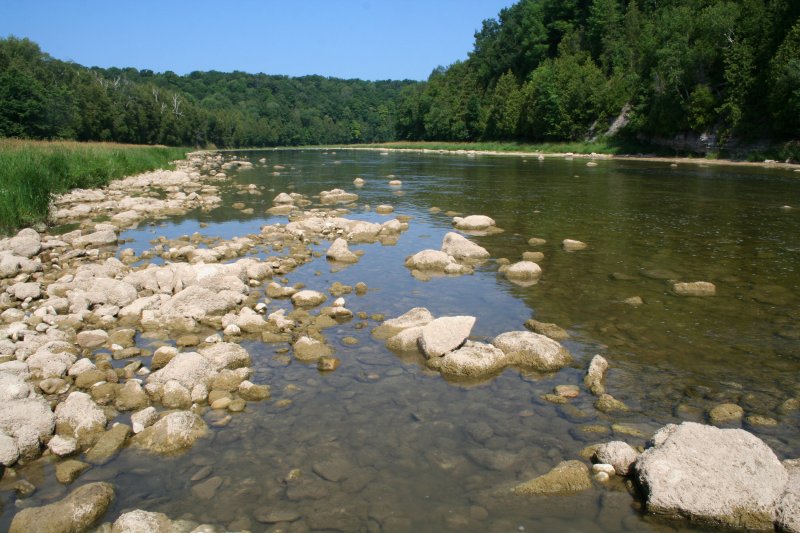
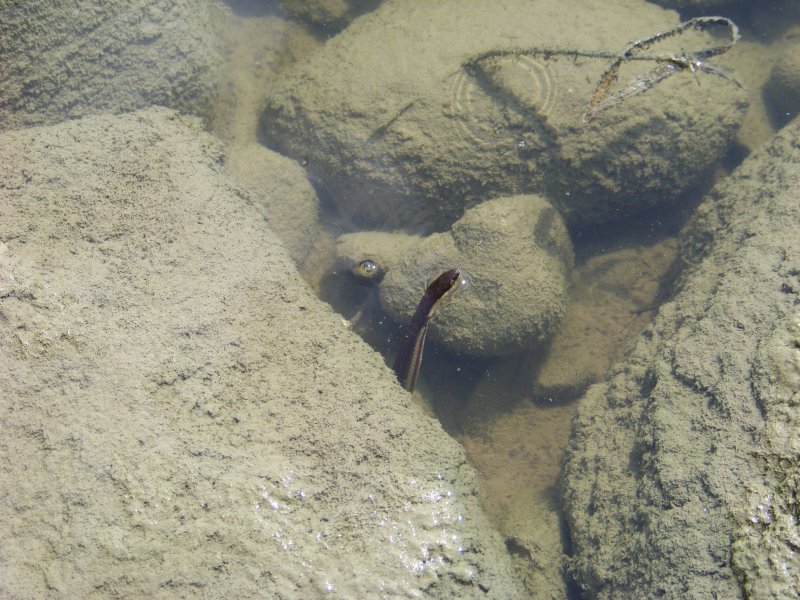
Increasing biodiversity is an essential component to healthy and sustainable ecosystems because food chains have a wider variety supporting various species, invasive species are less likely due to higher competition, and diseases and mutations within a population have a smaller impact on the ecosystem as a whole. Protecting the Queensnake will contribute to biodiversity in Huron County, and help decrease the negative impacts of monocultured ecosystems. Queensnakes are a link in the food chain therefore provide a food source for animals such as raptors (Hawks, Eagles), Racoons, amongst others. As well Queensnakes control crayfish populations within the Maitland River. Thirdly, these snakes are an excellent indicator of water quality. It is recorded that core requirements include a permanent body of water that can be still or flowing with approximate temperatures at 18°C to 23°C. The presence of Queensnakes can indicate the environmental parameters.
